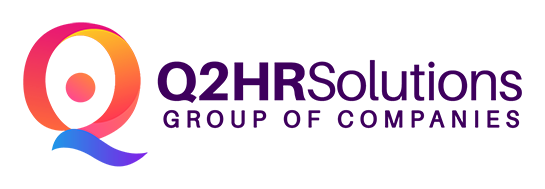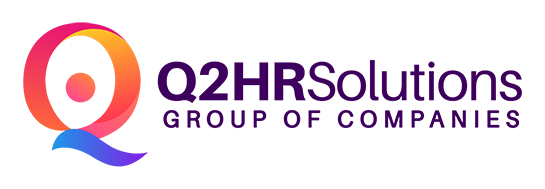How HR Design Can Help You Future Proof Your Organisation
The effects of the COVD-19 pandemic to life and business have become a prime example of how companies should prepare for unexpected disruptions. The pandemic has prompted businesses to modify their operations in a way that would best suit them amidst the crisis and eventually in the future, aided with advanced technologies. Even more so, it has emphasized the “human” in human resources, pushing HR leaders to prioritize the well-being of employees before anything else.
Many companies have been able to show empathy towards their workforce during the pandemic, but that is no longer enough today. As most of the world moves past the global crisis thanks to the rollout of vaccines, businesses must be able to modify and improve their processes by creating an organizational change management (OCM) framework through HR design.
Date from Gartner Research showed that 46% of HR leaders see “organizational design and change management” as their second priority in 2021, succeeding “building critical skills and competencies” and preceding “current and future leadership bench”. According to HR Curator founder David Millner, the concept of HR design should be a prominent focus over the coming years. He believes that HR design can shape the new organization of the future; craft new and re-shaped jobs that new working practices and automation will demand; and, identify new capabilities and requirements that the new world of work will make upon the workforce, its managers, and its leaders in terms of behavioural and technical demands.
However, the same Gartner Research study revealed that only 19% of HR leaders believe that their workforce can effectively change direction based on changing needs or priorities. The large population of companies with traditional work design focused on efficiency has to tolerate rigid structures, workflows, role design, and networks that don’t meet modern needs or flex with fast-changing conditions. Their employees then suffer the effects in various forms of something called “work friction”.
In order to avoid work friction, companies must then learn to develop a future-forward work design that ensures employees can anticipate and address customer needs, as well as adapt approaches and activities accordingly.
Gartner recommended HR leaders of these companies to reach out for supplemental insights and tools related to organization design and change management to get ahead of their work design initiatives. HR leaders can get support from various HR solutions providers, such as Philippines-based Q2 HR Solutions. Through its HR by Design service, the company can review and align systems, structures, and the objectives of their clients with the goal of improving people efficiency and effectiveness. The services included in this package include change management, organizational structure, competency framework development, succession planning, workforce planning, and more.
With reliable partners and resources at their disposal, HR leaders will be able to adopt new HR design initiatives, thus preparing their organizations for future disruptions. In this day and age, companies should rapidly move towards modernization and strive towards a future where both employees and employers are flexible enough to adapt to change.



